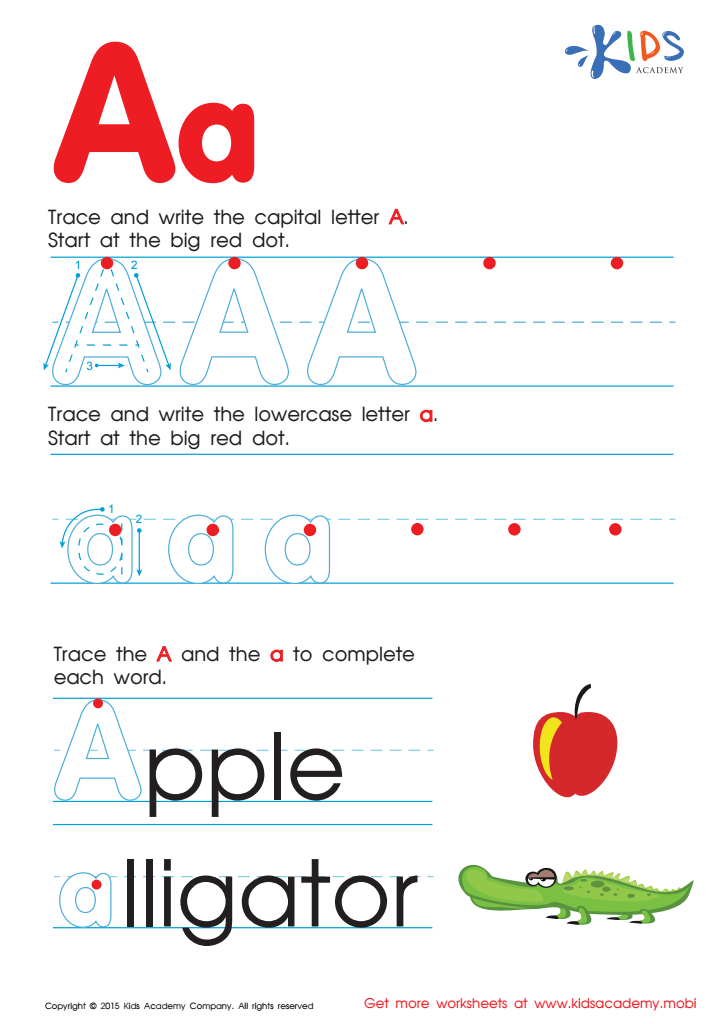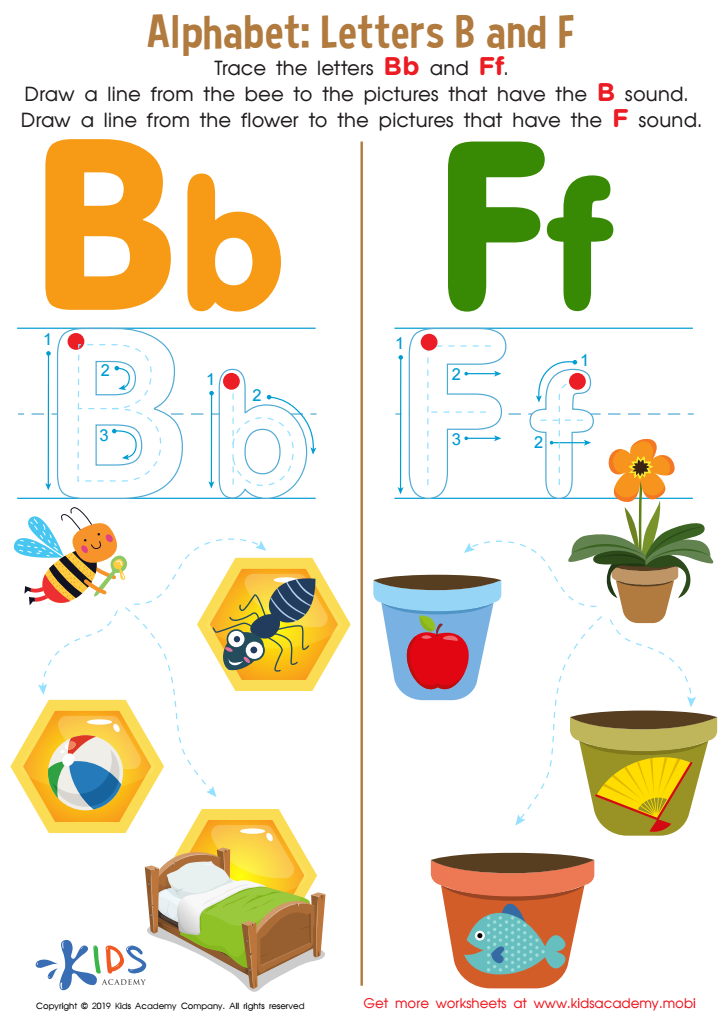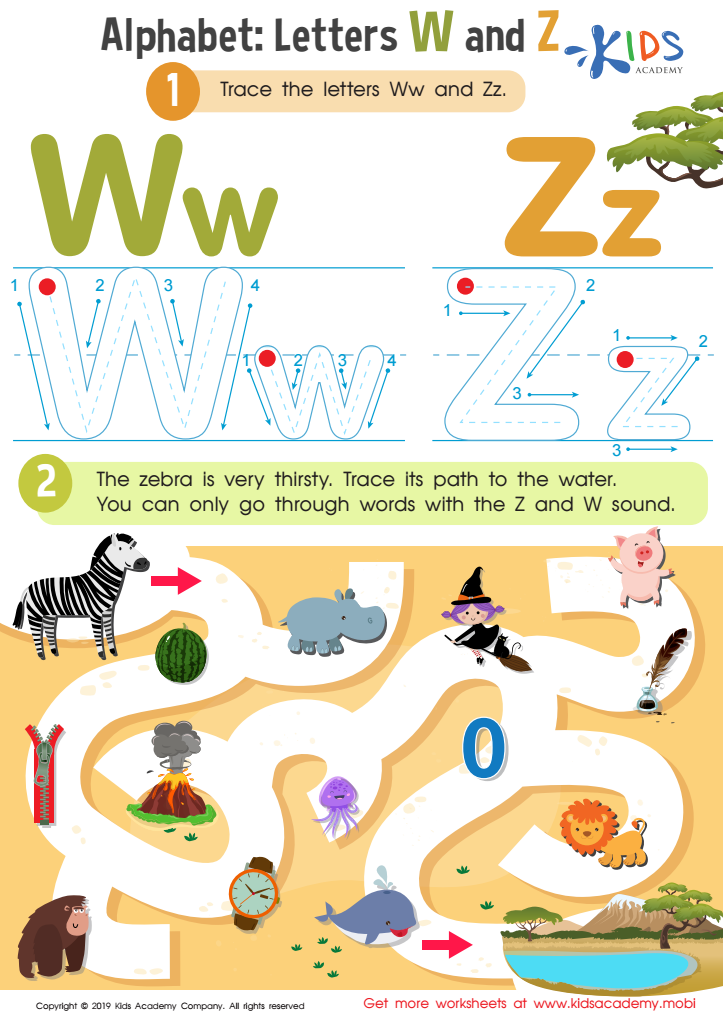Writing practice Tracing Letters Worksheets for 9-Year-Olds
4 filtered results
-
From - To
Enhance your 9-year-old’s writing skills with our engaging tracing letters worksheets! These meticulously designed resources combine fun and learning, helping children practice their handwriting through an interactive approach. With a variety of letter sets, including both uppercase and lowercase letters, students will develop essential motor skills while gaining confidence in forming letters correctly. Our worksheets feature vibrant illustrations and can be easily printed at home, making them a great addition to your teaching toolkit. Perfect for reinforcing classroom learning or providing enjoyable home practice, these tracing activities encourage creativity and promote literacy development in young learners. Let’s make writing fun together!


Letter A Tracing Page


Letters B and F Tracing Worksheet


Letter H Tracing Page


Letters W and Z Tracing Worksheet
Writing practice, specifically tracing letters, is vital for nine-year-olds as it lays the foundation for their literacy skills and overall education. At this age, children are transitioning from learning to write to writing to learn, making it crucial for them to develop clear and legible handwriting. Tracing letters helps enhance fine motor skills, enabling children to control their hand movements more effectively, which is essential for both writing and other tasks requiring dexterity.
Moreover, tracing introduces children to letter formation and spacing, which is important for reading fluency and comprehension. Proper letter formation can boost a child’s confidence in their writing abilities, fostering a positive attitude towards learning. As they practice, children also begin to recognize various styles of writing, which can spark an interest in creative expression.
For parents and teachers, prioritizing tracing letters can significantly influence a child's academic trajectory. Children with strong writing skills often perform better in school, as writing is integral to most forms of assessments and project submissions. By engaging in tracing activities, educators and parents can offer essential support while making learning enjoyable, ensuring that children are prepared for the more complex writing tasks that lie ahead.
 Assign to My Students
Assign to My Students





















